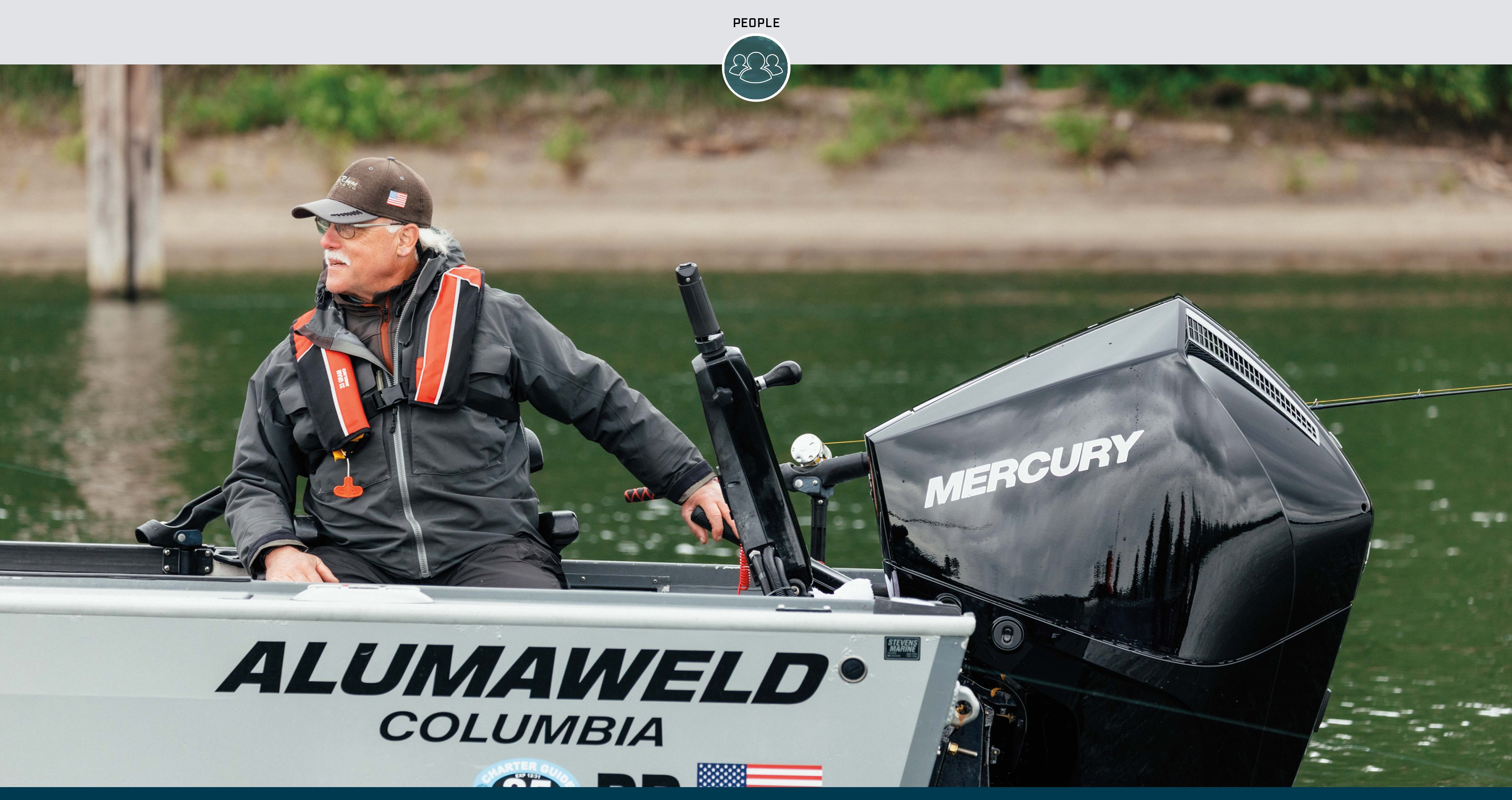You’ve simply caught a tagged fish. And as a good steward of the water, you have a duty to record a little bit of information to help scientists monitor the fishery and further research aimed at helping you catch more fish in the future.
Fish – freshwater, pelagic, and everything in between – are tagged by a plethora of federal, state, and scientific agencies for a variety of reasons, some general and some quite specific. But generally speaking, the goal is the same: to help scientists capture data and use it to improve the health of the fishery. Information from tagging programs helps the agencies understand populations, migration patterns, growth rates, and many other things. Thousands upon thousands of fish are tagged and released every year, from small freshwater species to sharks and marlin. Sometimes sophisticated electronic devices that actively collect all manner of data are used, but most often, simple identification tags are used, like the streamer or spaghetti tag our aforementioned red drum was sporting. Other common types resemble small metal clips or plastic discs.
No matter the type, virtually all tags you encounter will have something in common: an identification number and some sort of contact information for the agency that is collecting the data. And all of the biologists’ efforts will be for naught if you don’t act. As you might imagine, the vast majority of tags are never seen again once the fish is initially released, so we as anglers must follow through on every data collection opportunity. When you catch a tagged fish, please do the following:
- Record ALL of the info from the tag. Taking a couple of pictures of the tag is a quick and easy way to do it. If you don’t have a pen or camera phone, as a last resort, you can carefully cut the tag off/out.
- Record data – more is better, but any data at all is valuable:
- Species
- Location and date it was caught
- Length: Measure the fish by laying it on a ruler or tape measure, and note whether you are recording standard length (tip of snout to end of the fleshy part of the tail), total length (tip of snout to tip of tail), or fork length (tip of snout to the fork of the tail)
- Was the fish kept, released, or discarded?
- Was the tag removed or left on the fish?
- Use the contact info from the tag to report the information back to the agency. If it’s not clear, contact your local Department of Natural Resources; they may be able to help.
That’s it! You’re practically a scientist! Or at least an angler who wants the fishery to be healthy and thriving for your next outing, and the next generation.
For more information about tagging programs and how you can do your part, visit www.fishtag.info.




